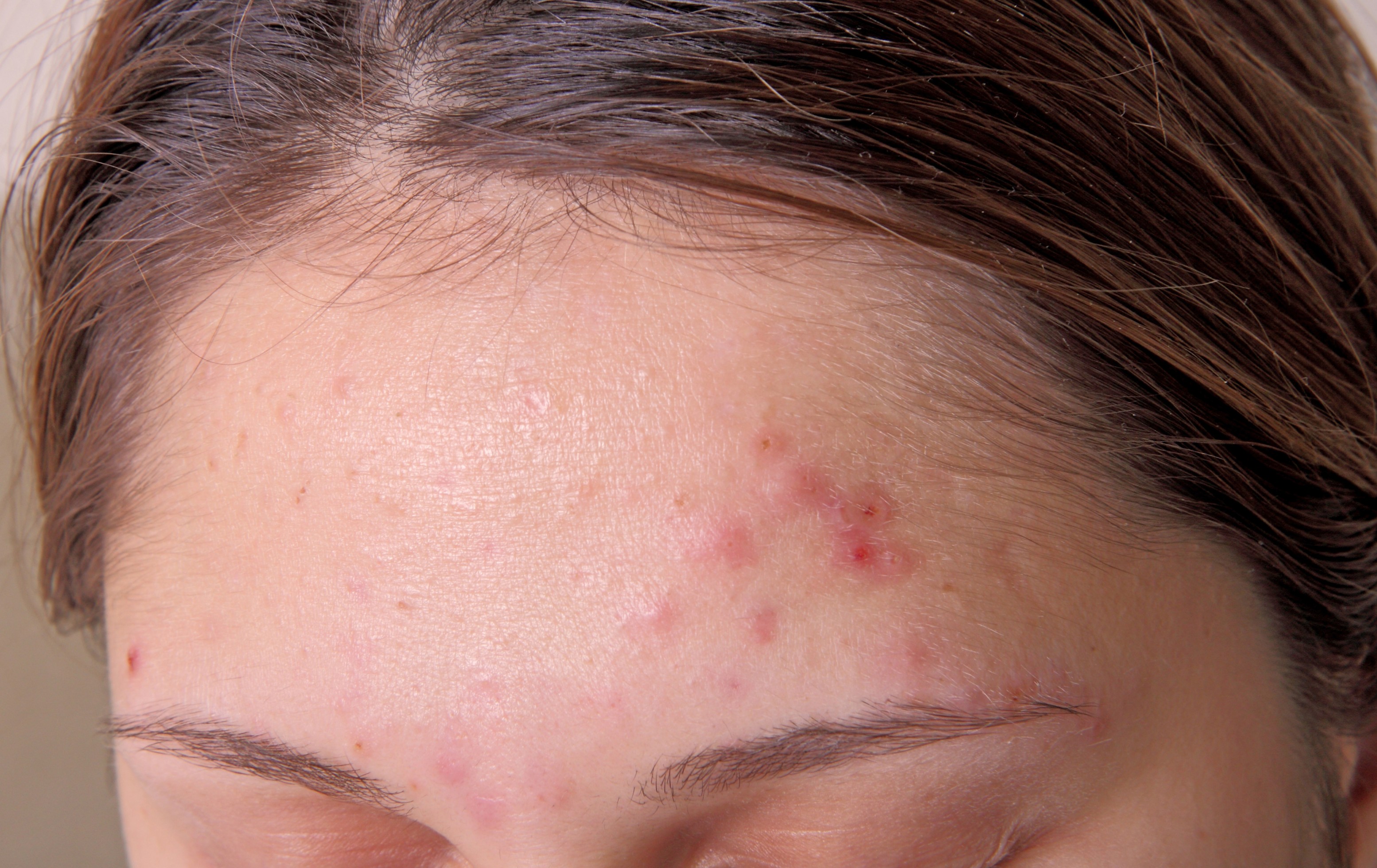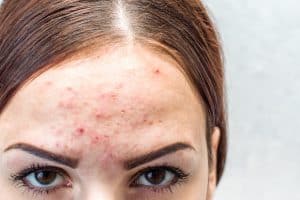You may have read or heard a million times how essential protein is to stay healthy, but were you aware that your hair requires it too? Hair strands are nothing but protein. It comprises protein filaments known as keratin along with amino acids. Here, we will discuss its importance for hair health, signs to identify its deficiency and ways to add protein to your hair.
How to Check if Your Hair Has Protein Deficiency?
1. Dry and Damaged Hair
If your hair seems damaged, has split ends and is dry, it could be due to a lack of protein in your hair.
2. Hair Porosity
It implies the ability of your hair to absorb water. Highly porous hair absorbs water and turns frizzy and tangled.
3. Dull Hair
Protein deficiency can make your hair dull and flat.
4. Hair Elasticity
If you are deficient in protein, it can affect your hair elasticity. Thus, making your hair turn inelastic. A simple test can help you understand this better. You can start by taking a hair strand and dipping it in water. Now, stretch it and see if it bounces back or not. If your hair is healthy, it will bounce back without breaking.
What are the Ways to Add Protein to Your Hair?
1. Include it in Your Diet
More than the external factors, it’s the internal factors that can make your hair healthy. In other words, your food plays a massive role in defining your hair health. You can consume food items such as milk, lentils, green peas, spinach, guava, eggs, amaranth, beans, pumpkin seeds, cashew nuts etc.
2. Protein Treatments
Reconstructors
These are deep-conditioners that are rich in protein and have a perfect balance of moisture and protein. Reconstructors help treat chemically treated and heat damaged hair.
Keratin Treatment
You can either do it at a salon or get yourself at-home keratin kits. Follow the instructions mentioned on the label if you are doing it yourself. It aids in retaining protein in your hair and makes it appear silky and smooth.
3. Protein Packs
A convenient solution to add protein to your hair is through protein packs that are readily available in local drugstores. You can find them in the form of masks, shampoo and even mists. Always ensure that these protein packs do not consist of parabens, isopropyl alcohol, sulfates and silicones etc.
4. Hair Masks
Egg Hair Mask
Take one or either two eggs, depending on your hair length and thickness. Gently massage it while applying it on your hair as well as scalp. Let the mask stay on your hair for about an hour. Wash with a mild shampoo later.
Coconut Milk & Banana Hair Mask
Create a mixture by using half a cup of coconut milk and one banana. Apply the mixture gently to your hair and scalp. Leave it for around 30 minutes and let it dry. Wash your hair later.
What Does Protein Do For Your Hair?
- It can be termed as the building block of your hair.
- It helps strengthen your hair and reduces hair fall.
- Your hair appears shiny and smooth.
- It protects your hair from harmful effects caused by chemicals.
- Hair appears fuller and healthier.
Does too much protein lead to hair loss?
Too much of anything can be harmful, and the same applies to protein as well. Your hair should have the right balance of protein and water. An excess amount can make your hair stiff and dry. You can also encounter hair loss. Before trying any of the treatments/methods, always consult a dermatologist.
It’s a Wrap
There are various ways to add protein to your hair such as food sources, treatments and hair masks. Opt for treatment only when you need it, not because it seems interesting. Choose the one that’s suitable for you hair type. While selecting products, look for the ones that have collagen or keratin mentioned on the label. These can help soften and add strength to your hair roots. Keep in mind that you shouldn’t be allergic to any ingredients, food items or products. Talk to a doctor regarding any concerns that you may have. In case of adverse reaction or allergy, seek medical help.
Disclaimer
The natural remedies mentioned in the blog are the widely popular ones. It is in no way a substitute for medical advice, treatment or diagnosis. Avoid using these if you have sensitive skin or are prone to allergies.
Before trying any natural remedy, always test a small quantity on your skin to check for any adverse reactions or allergy to any particular ingredient. In case of emergency or any reaction, immediately connect with a doctor who can offer the right treatment.
FAQs
- How much protein would you require for hair growth?
The recommended daily intake is about 46 to 56 grams for adults, or about 10 to 35 percent of total caloric intake, according to Harvard Health Publishing (2).
- Do protein shakes help in hair growth?
Including protein shakes in your diet will help add to your overall protein intake. However, it is always best to include it through food sources.
- Which fruits are good for hair growth?
All fruits consist of various nutrients that help in hair growth. Include as many fruits (seasonal) and vegetables in your diet as you can. It helps maintain your hair and overall health.
- Can keratin treatment cause hair fall?
Extreme heat and chemicals involved in the keratin treatment may cause hair fall, dryness and other hair related issues. It may give you sleek and straight hair, but there are side effects too. You can connect with a doctor to know more about these treatments and their side effects.

